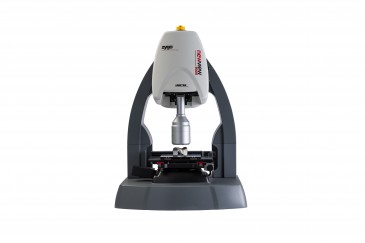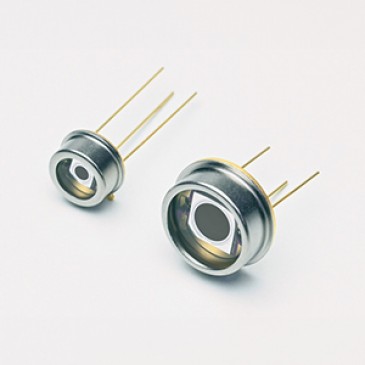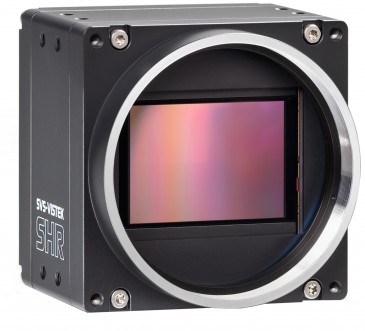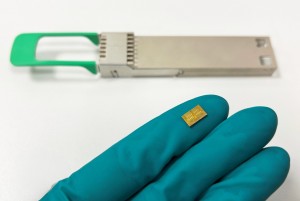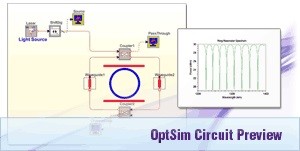
Synopsys, Inc., a company providing software, IP and services used in chips and electronic systems, announced the availability of RSoft OptSim Circuit, an extension of Synopsys’ OptSim fibre-optic systems modelling tool. With the addition of OptSim Circuit, OptSim’s modelling capabilities are expanded to include photonic integrated circuits (PICs); these optical components enable fast fibre-optic networks, accommodate more efficient bandwidths and support network traffic growth, according to the company. OptSim Circuit can help designers accelerate the design of advanced optical telecommunications systems.
To maximise optical communications network performance, minimise costs and reduce time-to-market, fibre-optics manufacturers need a comprehensive modelling tool that can analyse all aspects of a system, including advanced modulation formats supported by next-generation PICs. Combined, OptSim Circuit and OptSim deliver a single framework, engine and robust sets of models for studying systems ranging from long-haul optical communications systems to sub-micron photonic circuits, according to the company. For example, users can evaluate system-level performance in OptSim of a PIC design in an OptSim Circuit.
The key features of OptSim Circuit are that it:
• Models single- and multi-stage bidirectional PICs. To address ever-growing bandwidth demands, the industry is moving toward multi-level modulation and multi-lane digital signal processing (DSP). These developments provide a suitable environment for deploying single- and multi-stage PICs comprising a mix of components that are active and passive, electrical and optical.
• Models bidirectional propagation for both optical and electrical signals in PICs. OptSim Circuit makes it possible to model complex signal interactions, such as forward and backward propagating reflections and resonance, and it enables the design of PICs that operate with coupling and feedback of different optical and electrical signal paths. This offers a significant advantage over legacy modelling tools based on unidirectional end-to-end signal propagation, which can fail to capture real-life system behaviour that arises due to multiple orders of reflections and resonance between neighbouring elements in the chain.
• Models multipath interference (MPI) from network and PIC elements. This capability allows system designers to monitor and correct MPI, which arises due to multiple orders of reflections from connectors and components in a link or on a PIC and adversely affects overall system performance.
• Includes an extensive library of: PIC elements, such as bidirectional waveguides, bidirectional couplers and connectors; light sources, such as lasers and vertical-cavity surface-emitting lasers (VCSELs); modulators; phase shifters; and photodiodes, such as PINs and APDs. This modular, system-level modelling framework complements the RSoft products’ geometrical-layout-based device tools and addresses system complexity while offering an easy-to-use, block-oriented design method for higher productivity.
• Delivers powerful options for data visualisation, plotting and project resource management. OptSim Circuit provides an intuitive representation of repeating and hierarchical system elements, which allows designers to organise and reuse PIC layouts quickly and easily.
Synopsys’ RSoft OptSim Circuit software is available now.


























 Back to Products
Back to Products

